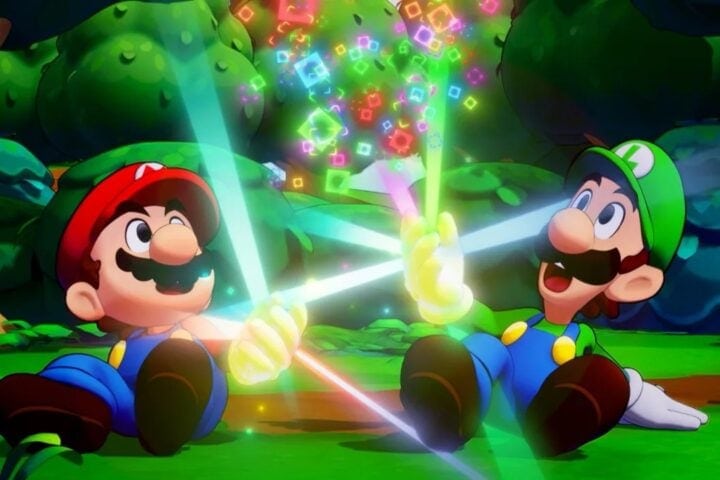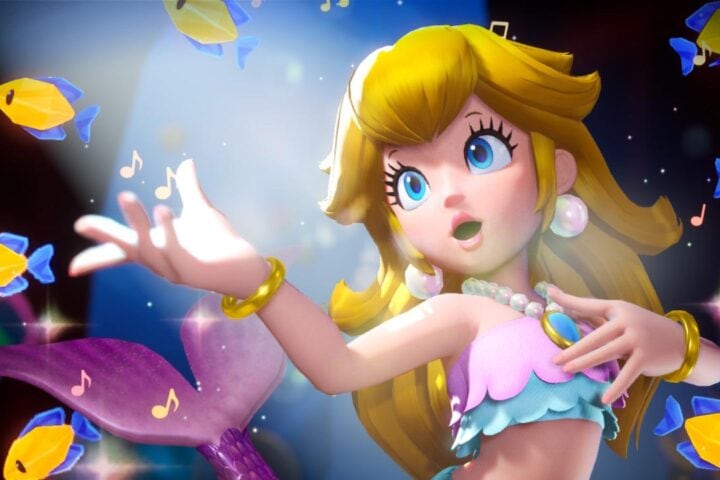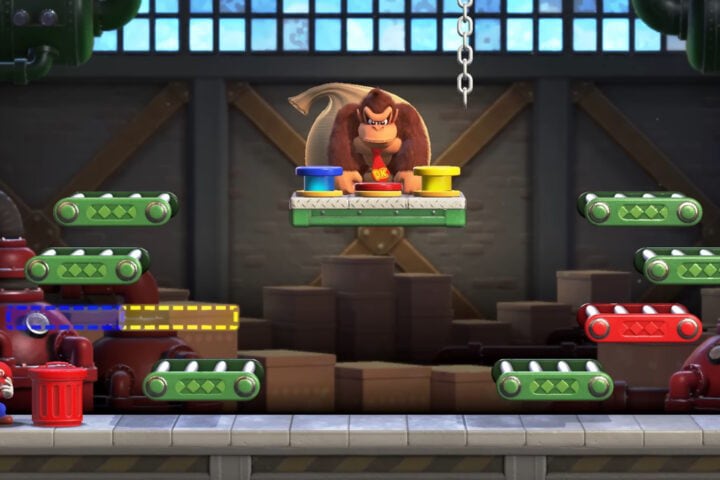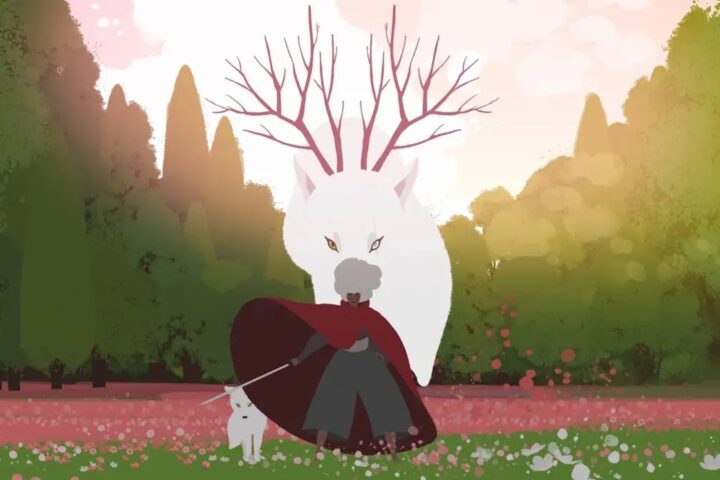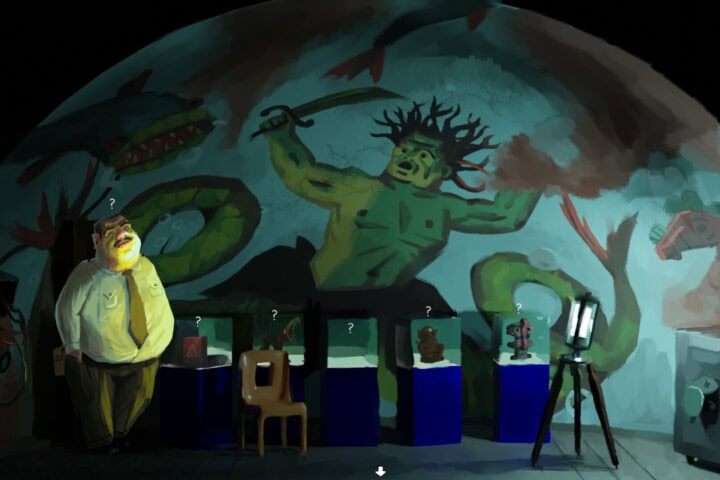When the first Mario Party debuted in 1998, it set out to carve its own niche among peers like Mario Kart 65, GoldenEye 007, and Super Smash Bros., games designed to showcase the Nintendo 64’s then-unique capacity as a four-player social event centerpiece. All of these games, to varying degrees, are designed around high variance, but Mario Party’s dice-rolling, minigame-competing virtual board game pushed chaos particularly to the fore—delighting younger players and infuriating game design purists.
In Mario Party, unpredictable events and luck-based outcomes can both set and overturn the results of hour-long games, and learning the nuances of various minigames and gimmick-specific game boards can give experienced players some semblance of an edge. In the end, though, you only have so much control over where the dice fall.
The design intent is clearly to even the playing field for newcomers, making one of these titles a more inviting social proposition compared to the invitation to punishment that is an experienced player challenging a layman to Street Fighter. If everyone is on the same page about the social benefits of casual competition and unpredictability compared to skill and winning, the Mario Party games can be worth the asking price as social bonding exercises.
But the same randomness can also discourage player investment: Feeling that they have no control over game outcomes—particularly in a game with gradual, turn-based progression—can be as likely to infuriate players out of the game for good than leave them jonesing for another round. Mario Kart and Smash Bros. iterations have addressed this issue by including highly customizable rulesets, giving players preemptive control over the degree of randomness in individual games to open up possibilities for higher skill-based play as they race or fight. Mario Party, with dice rolls and wheel spins so hard-baked into the core of its design, has had a hard time opening itself up to more orderly gameplay without fundamentally altering the experience.
Super Mario Party Jamboree’s boldest addition to the series core, beyond several hours’ worth of brief peripheral modes to be played once and forgotten, is Pro Rules. This new option added by developer Nintendo Cube looks to dial down the randomness and better reward players for strategic planning, adaptability, and mastery of individual boards and minigames with a developer-selected preset of options to alter the game flow.
Jamboree’s Pro Rules games are set to exactly 12 turns; stars will appear in one of several marked locations on the board rather than completely at random; random events are less likely to redistribute stars or coins in bulk; and players start on turn one with a pre-selected one-time assistance item chosen from a small selection (the power to increase dice rolls, change star locations, lay traps for opponents, and so on). This is a welcome step up in player involvement from the sheer chaos of Jamboree’s default rules, but it comes with its own kinks. Games often swing early and aggressively in one player’s favor, and with fewer chances for major upsets they can turn into protracted marches toward an all but foregone conclusion.
The jamboree mechanic is designed to produce such drastic swings: At certain points, players can approach and recruit “jamboree buddies,” special NPCs that tag along for several turns to enhance their paired player, giving them the ability to steal others’ coins and purchase multiple stars or items at once. Players can steal others’ buddies by passing them from behind, but since player positioning is so heavily determined by turn order and dice rolls, the buddies’ presence still often feels like the game showering arbitrary favor on certain players at others’ expense.
Jamboree may not be about to hit the tournament circuit, but its very recognition of demand for a Mario Party with game balance is encouraging. Its basic game rules preserve series norms in all their highs and lows, while its motion-based gimmick modes offer nostalgic throwbacks to the wrist-twisting game designs of the Wii. But it’s the overtures to a more tactile, grounded, skill-rewarding board game experience that indicate developer Nintendo Cube’s interest in a future, and not just a past, for the genre of party mayhem.
This game was reviewed with a code provided by Golin.
Since 2001, we've brought you uncompromising, candid takes on the world of film, music, television, video games, theater, and more. Independently owned and operated publications like Slant have been hit hard in recent years, but we’re committed to keeping our content free and accessible—meaning no paywalls or fees.
If you like what we do, please consider subscribing to our Patreon or making a donation.


